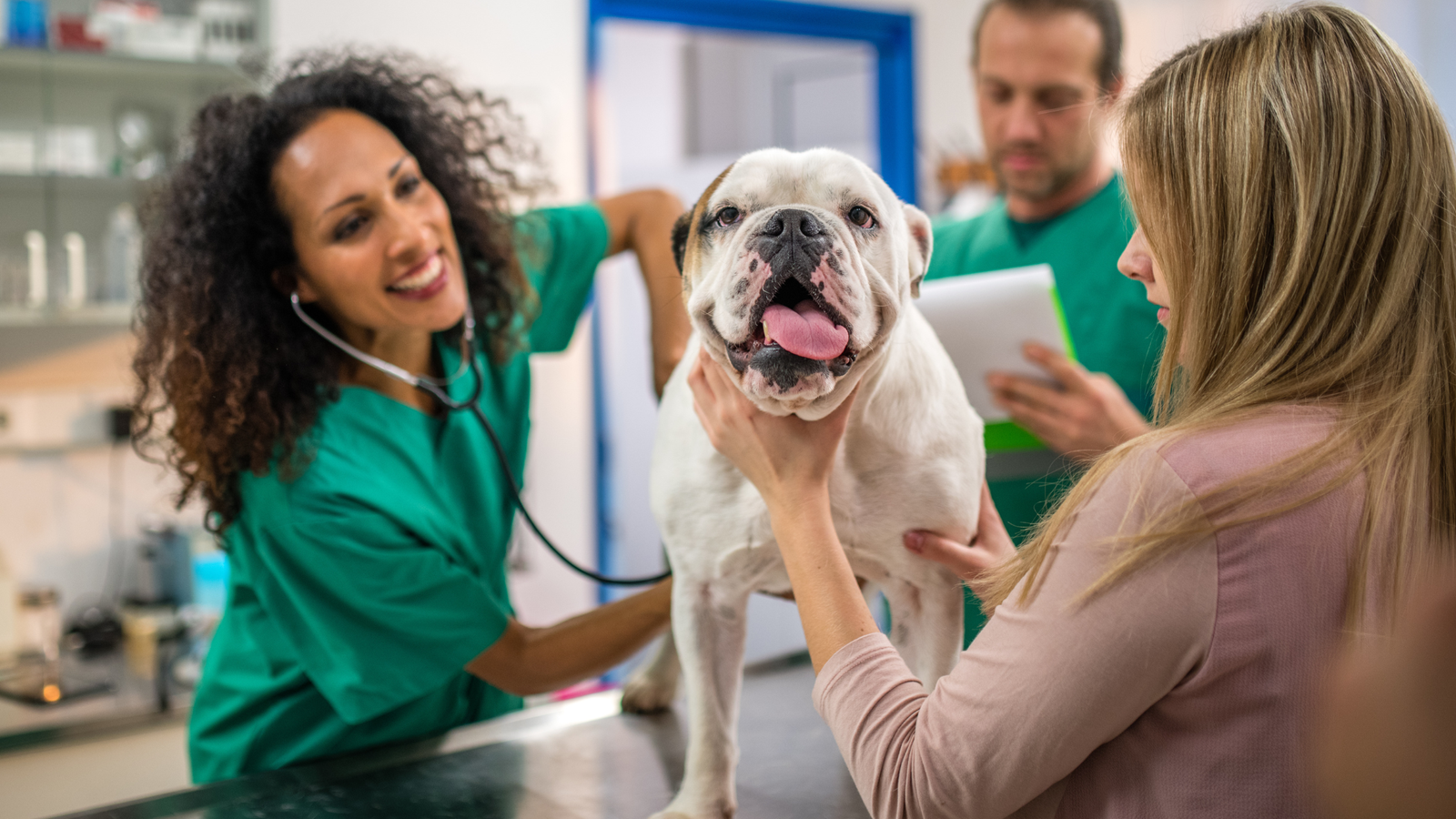For many pet owners, our furry companions are not just pets; they are beloved members of our families. We want the best for them, including access to top-notch healthcare when they need it most. However, veterinary bills can quickly add up, and unexpected medical expenses can strain our budgets. This is where pet insurance steps in, providing a safety net for your pet’s healthcare costs. In this genius guide, we will explore what pet insurance is, why it’s essential, how it works, what it covers, what it doesn’t cover, and whether it’s worth the investment.
What Is Pet Insurance?
Pet insurance is a financial product designed to help cover the costs of veterinary care for your pets. It operates on a similar principle to health insurance for humans, providing coverage for a range of medical expenses that your pet may incur over their lifetime. When you have pet insurance, you can focus on providing the best possible care for your pets without the constant worry of how you will pay for it.
Why Do People Need Pet Insurance?
There are several compelling reasons why pet owners opt for pet insurance:
1. Financial Protection: Veterinary bills can be surprisingly expensive, especially for emergencies, surgeries, or treatments for chronic illnesses. Pet insurance offers financial protection, ensuring that you can provide the necessary care for your pet without emptying your bank account.
2. Peace of Mind: Knowing that you have pet insurance in place can provide peace of mind. You won’t have to make difficult decisions about your pet’s health based on your ability to pay for treatment.
3. Preventive Care: Some pet insurance plans cover routine and preventive care, including vaccinations, wellness exams, and dental cleanings. This encourages pet owners to stay proactive in their pet’s healthcare.
4. Unpredictability: You can’t predict when your pet will get sick or injured. Pet insurance helps you be prepared for unexpected health issues, ensuring that your pet gets prompt attention when needed.
How Does Pet Insurance Work?
Pet insurance operates on a reimbursement model. Here’s how it typically works:
1. Choose a Policy: Select a pet insurance policy that suits your pet’s needs and your budget. Policies can vary in terms of coverage, deductibles, and premiums.
2. Visit a Vet: When your pet requires medical attention, take them to a licensed veterinarian. It’s essential to keep all invoices and medical records for future claims.
3. Pay the Bill: You’ll need to pay for the veterinary services upfront. The amount you pay depends on your deductible and any copayments specified in your policy.
4. Submit a Claim: After paying the vet bill, you submit a claim to your pet insurance provider. This can typically be done online, and you’ll need to include all relevant invoices and medical records.
5. Receive Reimbursement: Once your claim is processed and approved, you’ll receive a reimbursement check or direct deposit for the eligible expenses, minus your deductible and any copayments.
6. Repeat as Needed: You can continue to use your pet insurance for various medical expenses throughout your pet’s life, provided they are covered under your policy.
What Does Pet Insurance Cover?
The coverage provided by pet insurance can vary between providers and policies, but it generally includes:
1. Accidents: Coverage for injuries resulting from accidents, such as broken bones, cuts, and vehicle accidents.
2. Illnesses: Coverage for illnesses, including infections, cancer, and chronic conditions like diabetes.
3. Hereditary and Congenital Conditions: Some policies cover hereditary and congenital conditions, which are conditions that your pet is born with.
4. Diagnostic Tests: Coverage for diagnostic tests, such as X-rays, blood tests, and MRIs.
5. Prescription Medications: Many policies include coverage for prescription medications prescribed by your veterinarian.
6. Surgery: Coverage for surgical procedures, including both routine and complex surgeries.
7. Hospitalization: Coverage for hospitalization and overnight stays at the veterinary clinic.
8. Emergency Care: Coverage for emergency veterinary care, which can be crucial in life-threatening situations.
9. Alternative Therapies: Some policies offer coverage for alternative therapies like acupuncture and chiropractic care.
What Doesn’t Pet Insurance Cover?
It’s essential to understand that pet insurance typically does not cover:
1. Pre-Existing Conditions: Most pet insurance companies do not cover pre-existing conditions, which are health issues that existed before you purchased the policy.
2. Routine Expenses: Routine expenses such as grooming, spaying/neutering, and non-prescription medications are usually not covered.
3. Cosmetic Procedures: Cosmetic procedures or elective surgeries, like tail docking or ear cropping, are typically excluded.
4. Behavioral Issues: Behavioral training or treatment for behavioral issues are usually not covered.
5. Pregnancy and Breeding: Pregnancy-related expenses and breeding-related care are typically not covered.
Is Pet Insurance Worth It?
Whether pet insurance is worth it depends on various factors, including your pet’s health, your budget, and your peace of mind. Here are some considerations:
1. Peace of Mind: Pet insurance provides peace of mind, knowing that you can provide necessary medical care for your pet without worrying about the cost.
2. Financial Stability: If you can comfortably afford unexpected veterinary bills out of pocket, you may not need pet insurance as much. However, for many, pet insurance helps stabilize their finances in the face of unexpected expenses.
3. Pet’s Health: If your pet has pre-existing conditions or a breed predisposed to certain health issues, insurance may be particularly beneficial.
4. Wellness Coverage: Some pet owners appreciate policies that cover routine care, allowing them to budget for preventive expenses.
5. Lifestyle: Your lifestyle and risk tolerance play a role. If you’re risk-averse and want to be prepared for any health eventuality, pet insurance may be a good fit.
In conclusion, pet insurance can provide invaluable financial protection and peace of mind for pet owners. By understanding how it works, what it covers, and what it doesn’t, you can make an informed decision about whether pet insurance is the right choice for you and your furry family members. To find the best pet insurance companies, check out our comparison page and get a quote today.









